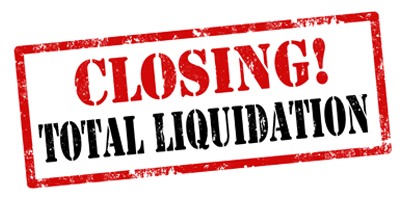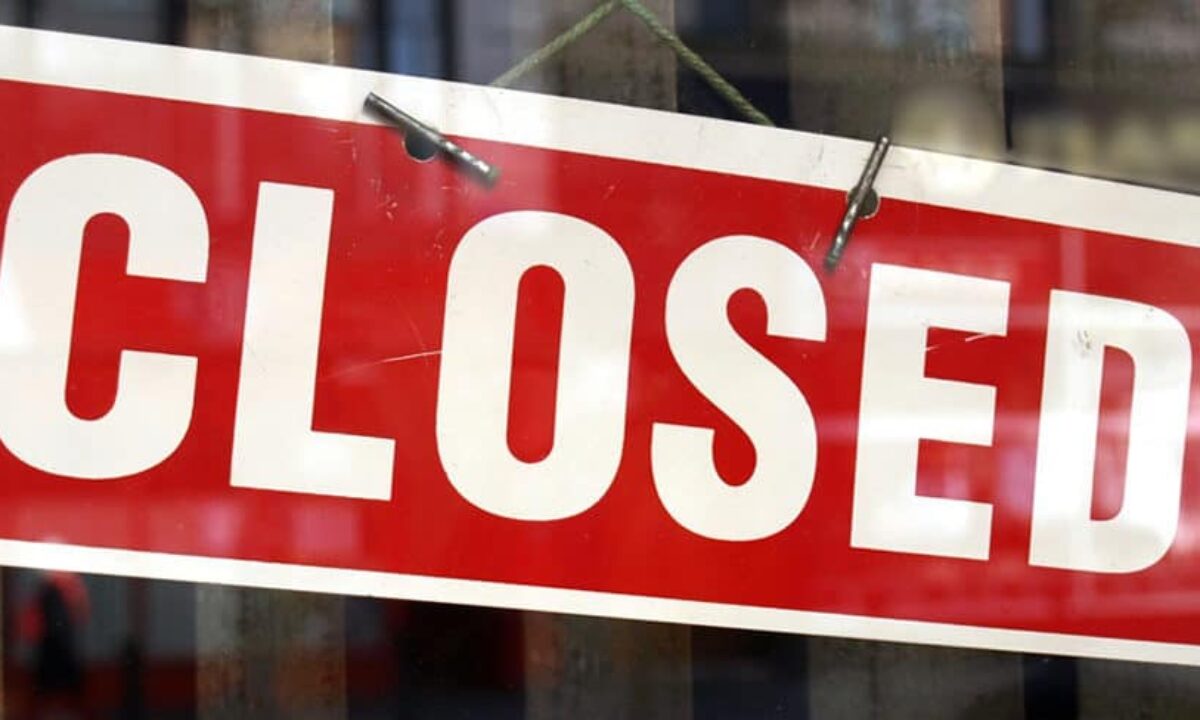What Does Company Liquidation Do?
What Does Company Liquidation Do?
Blog Article
The Ultimate Guide To Company Liquidation
Table of ContentsSome Known Details About Company Liquidation Excitement About Company LiquidationTop Guidelines Of Company LiquidationSome Known Details About Company Liquidation The smart Trick of Company Liquidation That Nobody is Talking About
Supervisors and investors come to a contract, and the firm is offered off and sold off. Creditors' voluntary liquidation (CVL) is a where the firm directors know its insolvent placement and come to a contract with creditors to willingly liquidate the service.The sales created are then distributed among the financial institutions. Once the business's properties have been sold, the business is struck from the Business Residence register and disappears. Obligatory liquidation adheres to a different procedure to volunteer liquidation due to the fact that, in this circumstance, the financial institutions are attempting to sell off the firm versus the will of its directors.
The creditor asks the court to issue a winding-up application in order to push the company to make payment. If this fails, a winding-up order is released by the courts and the supervisors blow up of their company. An insolvency specialist is chosen to wind the firm up and liquidate its properties.
Now, allow's take a look at the detailed procedure that each type of liquidation complies with, so you can much better understand what takes place. Launching an MVL is a voluntary procedure, and it can only be done when the service is still solvent. This suggests that the real process of liquidating a business via an MVL is far more simple than other forms of liquidation.
5 Simple Techniques For Company Liquidation
Company supervisors make the decision to willingly sell off the service. The supervisors select a qualified bankruptcy professional to manage the liquidation.

The business is struck from the Firms Residence register and discontinues to exist. Like an MVL, a CVL is still volunteer. The liquidation process is more complicated nevertheless, since at this phase the company is insolvent. This implies that possessions need to be liquidated, then the profits must be distributed among financial institutions a situation that can cause stress amongst contending lenders.
Creditors will have the ability to oppose the resolution or recommend their own option of an insolvency expert. When the winding-up resolution has actually been voted through, the liquidation is officially marketed in the Gazette and ends up being open secret. Firms Home and the Insolvency Service are educated of the liquidation, and the process of winding business up begins.
The 8-Second Trick For Company Liquidation
Once all possessions have actually been liquidated, the funds created are distributed among creditors. The insolvency practitioner need to also investigate the conduct of the company directors and offer their searchings for to the Insolvency Service. If directors are found to have actually acted against the interests of the business, they may be invalidated from being a supervisor in future and they may even be held directly responsible for sure company financial debts.
The last action is to shut the company and strike its name from the Firms House register. Mandatory liquidation is the most challenging process to go through, as it's instigated against the will of the company supervisors. Compulsory liquidation is a process that must go with the courts and, thus, it's much more difficult than various other types of liquidation.
If the Statutory Repayment Demand goes unpaid, the financial institutions will certainly arrange a winding-up petition to be approved with the courts. This basically petitions the court to permit the business to be Full Article liquidated in order to pay the debt. If the winding-up application is authorized, it will be advertised in the Gazette and an appointed insolvency professional will certainly liquidate the company.
Next, the courts will approve a winding-up order if they believe the financial institutions deserve to liquidate your business. The following stage of the procedure is the sale of company possessions, the circulation of funds and the closure of business. When the firm has actually been liquidated, it's struck from the Business House register.
Facts About Company Liquidation Revealed

After they've taken their payment, after that safeguarded creditors will be given their share of the earnings. Company Liquidation. Secured financial institutions generally consist of banks or any kind of loan providers that have released safe finances to business. Next, come the unsecured financial institutions. This includes staff members and team that are still owed salaries, as well any type of vendors that have given credit history in good faith.
The bring about the winding up of an organization, with all assets sold to pay financial institutions and the company inevitably being struck from Firms Residence register. It's not an easy decision to make, however, for lots of firms a voluntary can be the very best way to close down business. If you're taking into consideration liquidating your firm, Irwin Bankruptcy's skilled team can help you to choose which insolvency steps are most proper for your organization.
If the Statutory Settlement Demand goes unpaid, the financial institutions will organise a winding-up petition to be authorized with the courts. This essentially applications the court to allow the firm to be sold off in order to pay the debt. If the winding-up request is approved, it will certainly be promoted in the Gazette and a selected insolvency specialist will certainly sell off the company.
Some Known Details About Company Liquidation
Next, the courts will approve a winding-up order if they think the creditors can liquidate your business. The following stage of the procedure is the sale of firm possessions, the distribution of funds and the closure of the business. When the firm has actually been sold off, it's struck from the Companies Home register.
If any misbehavior is located, after that the Insolvency Service can invalidate the supervisors or take various other ideal action versus them. The sees all possessions liquidated in order to pay lenders, yet not all creditors stand to more tips here make their cash back. There's an appropriate sequence that insolvency specialists should lawfully adhere to as they disperse article the funds made from the liquidation.
After they've taken their repayment, after that secured creditors will be provided their share of the proceeds. Protected financial institutions commonly include financial institutions or any type of loan providers that have issued guaranteed finances to the organization.
The leads to the winding up of an organization, with all properties marketed to pay lenders and the business ultimately being struck from Companies Residence register. It's not a simple decision to make, yet for several firms a voluntary can be the ideal method to shut down the organization.
Report this page